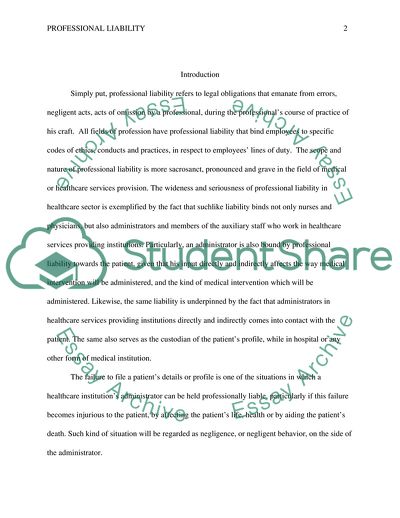Cite this document
(Professional Liability: Ways to Proactively Avoid or Prevent That Coursework - 1, n.d.)
Professional Liability: Ways to Proactively Avoid or Prevent That Coursework - 1. https://studentshare.org/health-sciences-medicine/1792259-professional-liability
Professional Liability: Ways to Proactively Avoid or Prevent That Coursework - 1. https://studentshare.org/health-sciences-medicine/1792259-professional-liability
(Professional Liability: Ways to Proactively Avoid or Prevent That Coursework - 1)
Professional Liability: Ways to Proactively Avoid or Prevent That Coursework - 1. https://studentshare.org/health-sciences-medicine/1792259-professional-liability.
Professional Liability: Ways to Proactively Avoid or Prevent That Coursework - 1. https://studentshare.org/health-sciences-medicine/1792259-professional-liability.
“Professional Liability: Ways to Proactively Avoid or Prevent That Coursework - 1”. https://studentshare.org/health-sciences-medicine/1792259-professional-liability.


